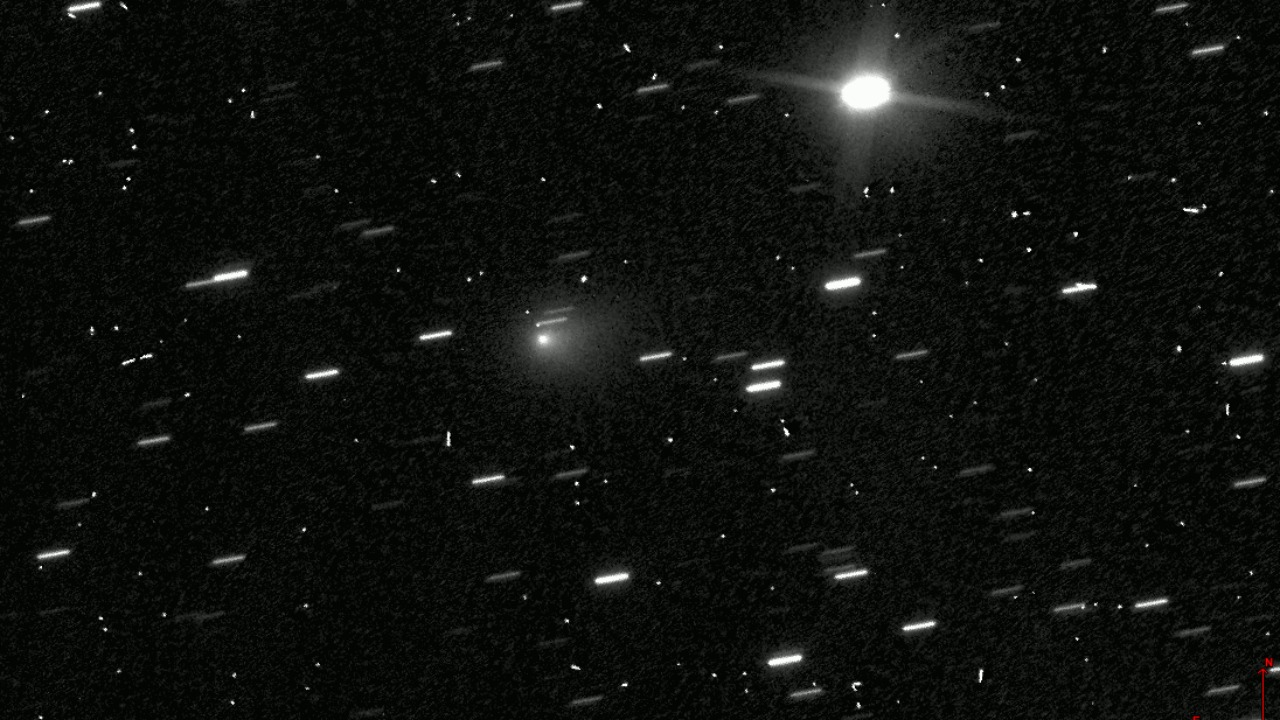
The interstellar object known as 3I/ATLAS is stirring up a whirlwind of speculation as it nears Earth, with theories ranging from it being a natural comet to an alien spaceship. This debate has been fueled by Harvard professor Avi Loeb’s suggestion that the object could be an extraterrestrial probe, sparking a wider discussion about the existence of alien life. This controversy has even drawn connections to the predictions of Baba Vanga, despite NASA’s reassurances that 3I/ATLAS is likely a natural phenomenon. The situation raises questions about the boundary between scientific inquiry and sensational speculation.
Discovery of the Interstellar Object
The detection of 3I/ATLAS as an interstellar visitor has intrigued scientists and the public alike. Its classification and trajectory towards the inner solar system have been a subject of intense study. The object’s path, originating from outside our solar system, sets the stage for its anticipated Earth flyby. Early observations of 3I/ATLAS have distinguished it from typical comets, with its speed and non-gravitational acceleration raising eyebrows among astronomers.
Avi Loeb’s Alien Spaceship Hypothesis
Harvard professor Avi Loeb has proposed a theory that has caught the world’s attention. According to Loeb, 3I/ATLAS might not be a comet at all, but an artificial alien probe or spaceship. His reasoning is based on the object’s anomalous behavior, including potential signs of artificial propulsion. Loeb’s background in astrophysics lends credibility to his theory, despite the sensational elements involved.
Scientific Community’s Response
Loeb’s hypothesis has sparked a controversy within academic circles, with debates raging over whether his ideas represent rigorous science or mere speculation. Some astronomers have countered with natural explanations for 3I/ATLAS’s features, such as outgassing or its composition. The broader implications of the debate over alien life have also been discussed, with some calling for more telescope time to observe the object.
Ties to Baba Vanga’s Prophecies
The controversy surrounding 3I/ATLAS has been further fueled by connections made to the predictions of Baba Vanga, a Bulgarian mystic. Vanga’s prophecies about extraterrestrial visitors have led some to link them to 3I/ATLAS. Elements of her prophecies, such as warnings of alien contact, have been connected to the object’s Earth flyby. This has resulted in a buzz in popular culture, despite scientific skepticism.
NASA’s Official Stance
NASA, however, has sought to temper the debate, assuring the public that 3I/ATLAS is a natural interstellar comet, not an artificial object. The space agency plans to observe the object during its Earth flyby to gather data on its composition and orbit. While NASA’s position aims to quell the alien probe debate, it also encourages public interest in astronomy.
Public and Media Frenzy
The media has played a significant role in amplifying the alien theories surrounding 3I/ATLAS, with headlines speculating on potential extraterrestrial origins. Public reactions have ranged from excitement over the Earth flyby to concerns about doomsday interpretations tied to prophecies. Social media has further escalated the debate over alien life, blending science with speculation.
Future Implications for Interstellar Research
As preparations for the Earth flyby of 3I/ATLAS continue, including international telescope collaborations, the controversy could influence funding and interest in the search for extraterrestrial artifacts. The long-term effects on the field could include a renewed focus on distinguishing natural interstellar objects from potential technosignatures, marking a new era in interstellar research.
More from MorningOverview